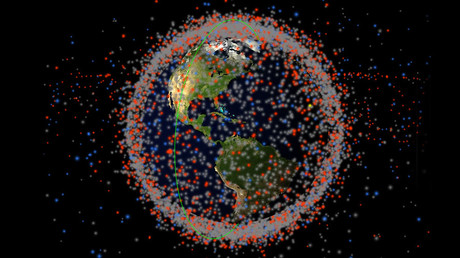The ultra-small cube-shaped satellite will be sent into orbit onboard the Japan Aerospace Exploration Agency’s (JAXA) H-2A rocket, Asahi.com reports.
The satellite, which weighs around 1.65kgs (3.6lbs) and measures 10cm (0.3ft) on each side, will and will be fitted with eight beam-type LEDs and 24 wide-angle LEDs that can be activated using an amateur radio.
“It can be used as a new means of communication. You blink the satellite’s LED and receive it with a smartphone,” said Professor Masanori Nishio who is leading a team of four students in the mission.
It is thought the LED applications will make the satellite brighter than stars placed sixth on the order of apparent magnitude, a scale measuring a star’s brightness as seen by an observer on Earth. Sixth magnitude stars are barely visible to the naked eye.
The CubeSat will travel some 380 miles (613km) into Earth’s orbit where it will remain for seven years. The satellite will also be able to send Morse code messages as well as images of Earth captured on two fisheye cameras.
It is hoped that the images can be used in the development of a virtual reality experience that will allow users to explore space while on Earth.
“We want to create a system that will give an opportunity to navigate space from the Earth by wearing a head mounted display” that will provide the images of “the sun, the moon, and the stars at the same time,” said Professor Nishio.
The satellite is scheduled to be completed by February next year and the JAXA rocket is expected to launch from the Tanegashima Space Center in Kagoshima Prefecture at the southernmost tip of Japan the following April.
READ MORE: Hawking says humanity has 100, not 1,000, years to find new planet to live on
Source Article from https://www.rt.com/news/389087-jaxa-japan-led-satellite/?utm_source=rss&utm_medium=rss&utm_campaign=RSS
Related posts:
Views: 0
 RSS Feed
RSS Feed

















 May 21st, 2017
May 21st, 2017  Awake Goy
Awake Goy 
 Posted in
Posted in  Tags:
Tags: 
















